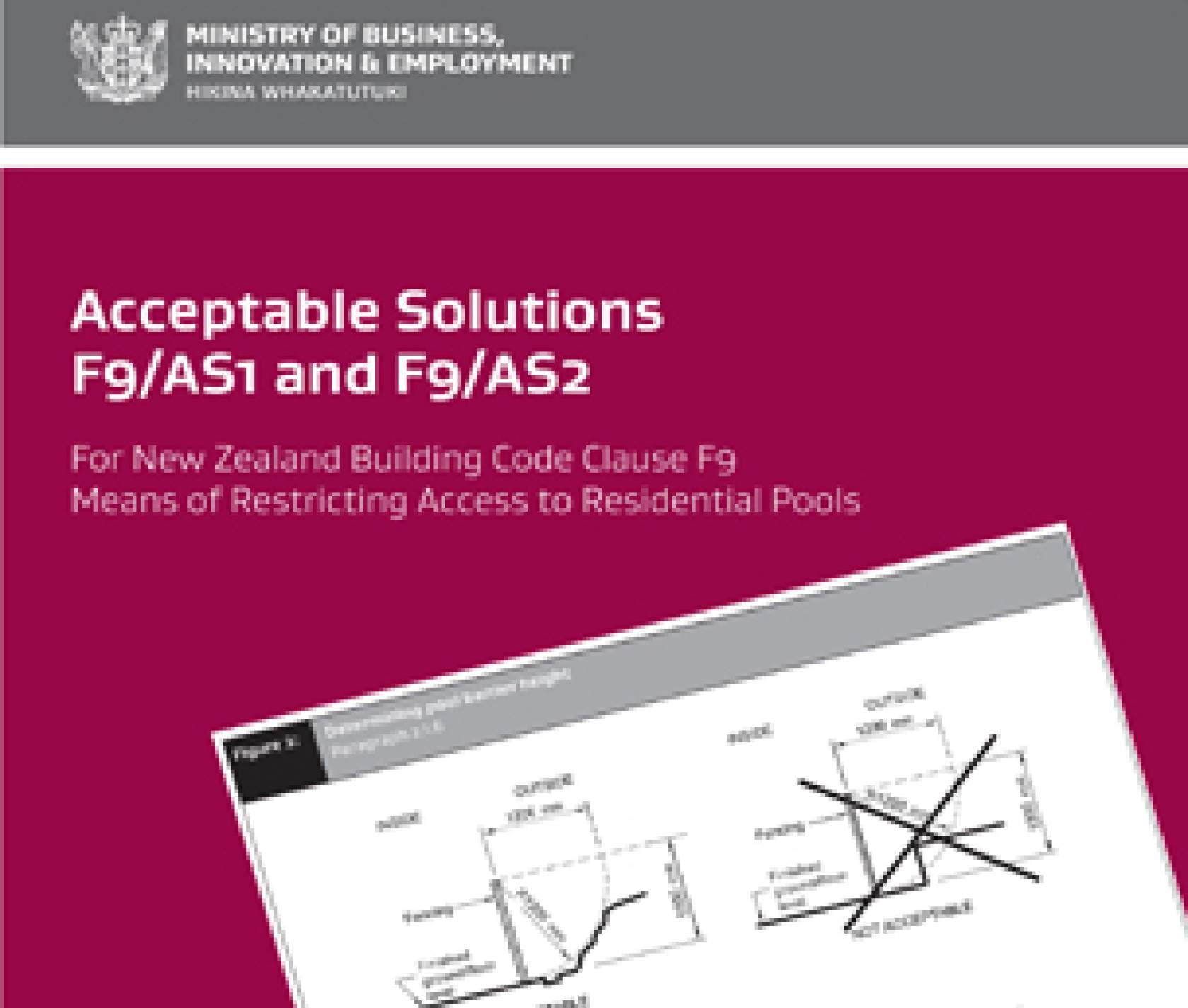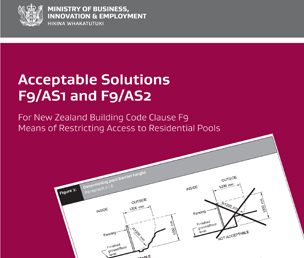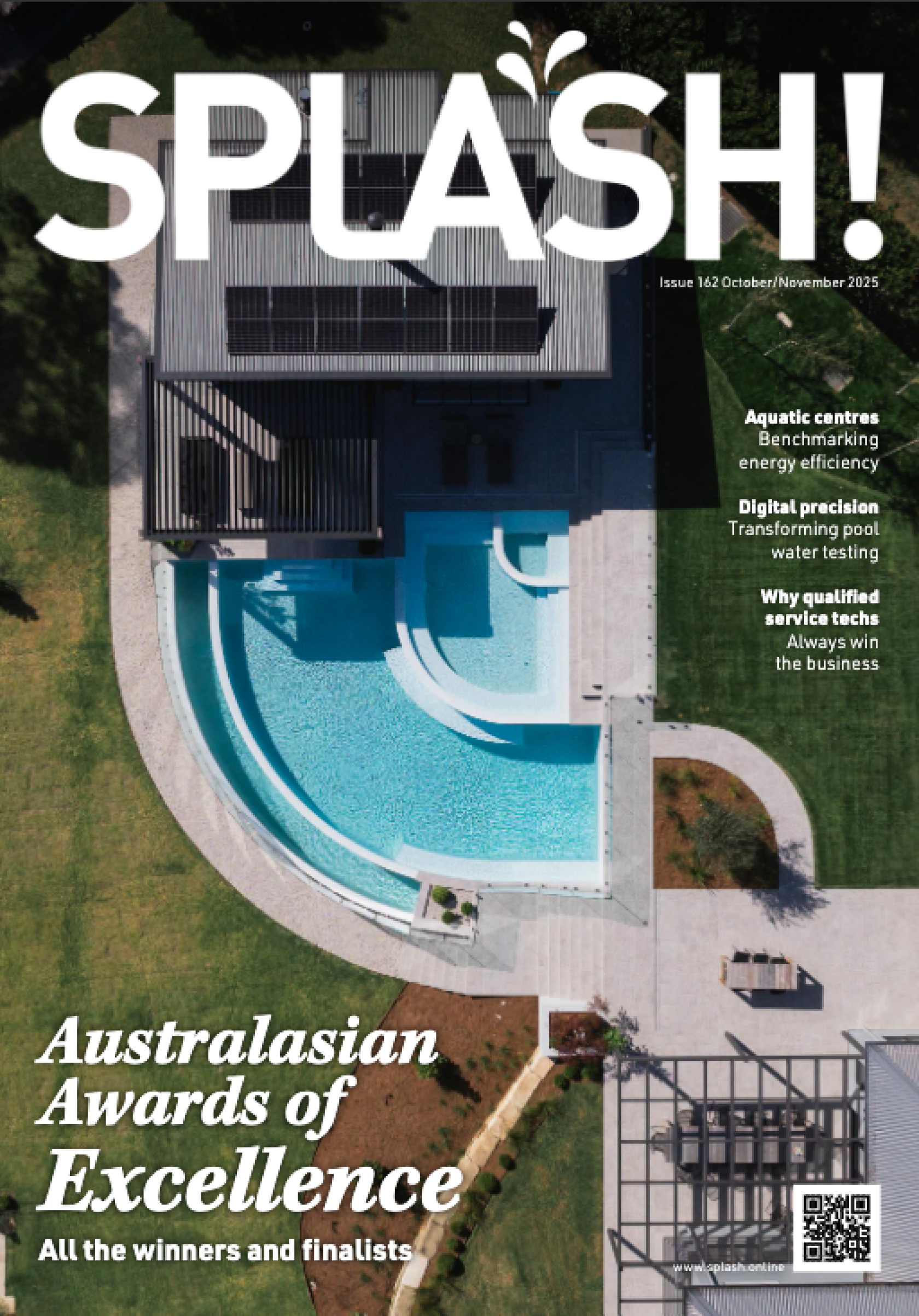New Zealand’s solutions for restricting access to residential pools

 Geoff Bonham, New Zealand Master Pool Builders Guild officer and owner of the Pool and Spa Covers business in Auckland says that the New Zealand experience with boundary regulations could be instructive for his Australian counterparts, especially through a new government document that helps explain acceptable solutions for restricting access to residential pools.
Geoff Bonham, New Zealand Master Pool Builders Guild officer and owner of the Pool and Spa Covers business in Auckland says that the New Zealand experience with boundary regulations could be instructive for his Australian counterparts, especially through a new government document that helps explain acceptable solutions for restricting access to residential pools.
Until 1 January 2017, the safety of young children around swimming pools and some other pools was subject to the New Zealand Fencing of Swimming Pools Act 1987. However, the fencing of pools was building work and was therefore subject to the New Zealand Building Code. Clause F4 “Safety from Falling” of the Building Code contained specific performance requirements for pool barriers and the Schedule to the Fencing of Swimming Pools Act was referenced as a means of compliance with Clause F4.
The Building (Pools) Amendment Act 2016, which was passed in October 2016, revoked the Fencing of Swimming Pools Act and incorporated child safety provisions for residential swimming pools into the Building Act 2004. It also added a new clause to the Building Code: Clause F9 “Means of Restricting Access to Residential Pools”. Residential pools that are subject to child safety provisions are defined in Section 7 of the Building Act.
The NZ Ministry of Business, Innovation and Employment has published a document called Acceptable Solutions F9/AS1 and F9/AS2 for New Zealand Building Code Clause F9, Means of Restricting Access to Residential Pools.




